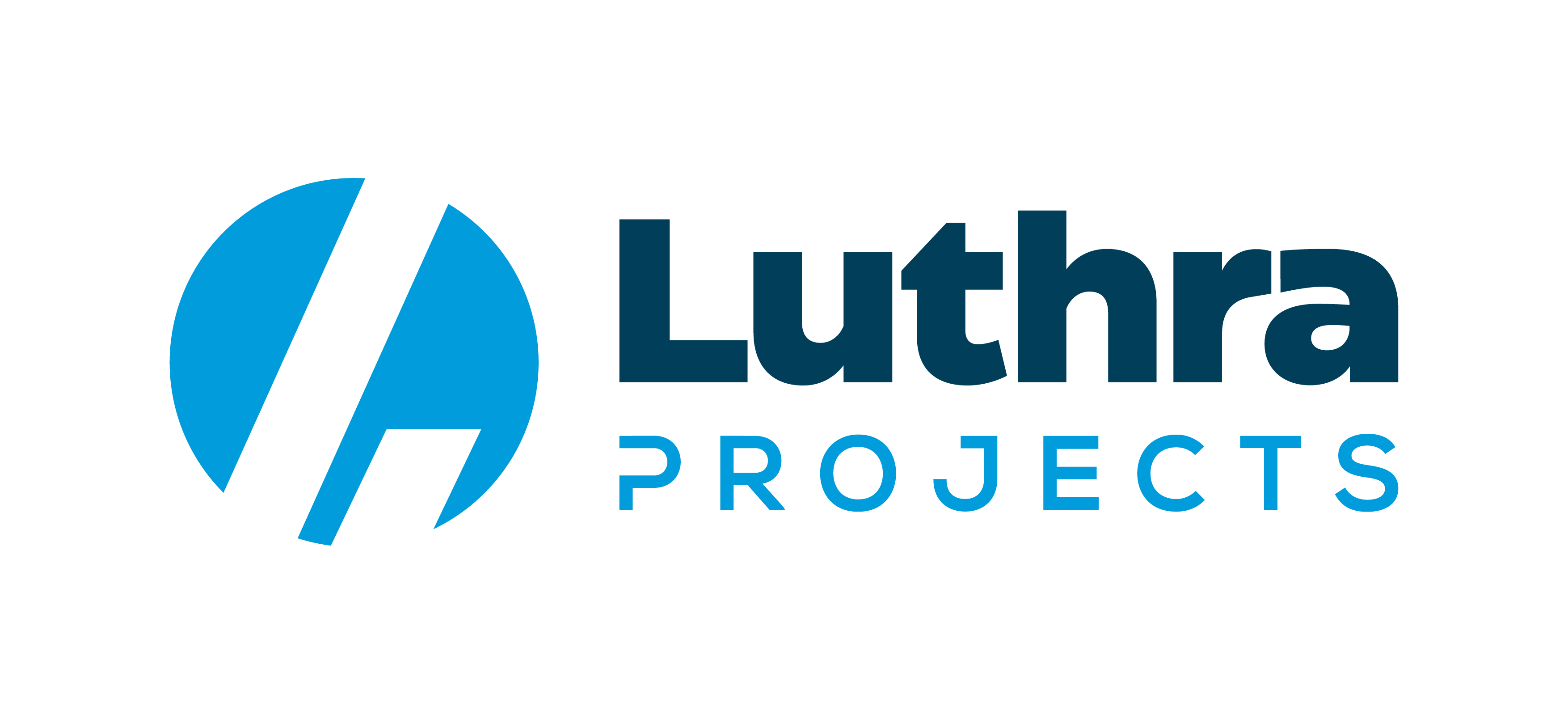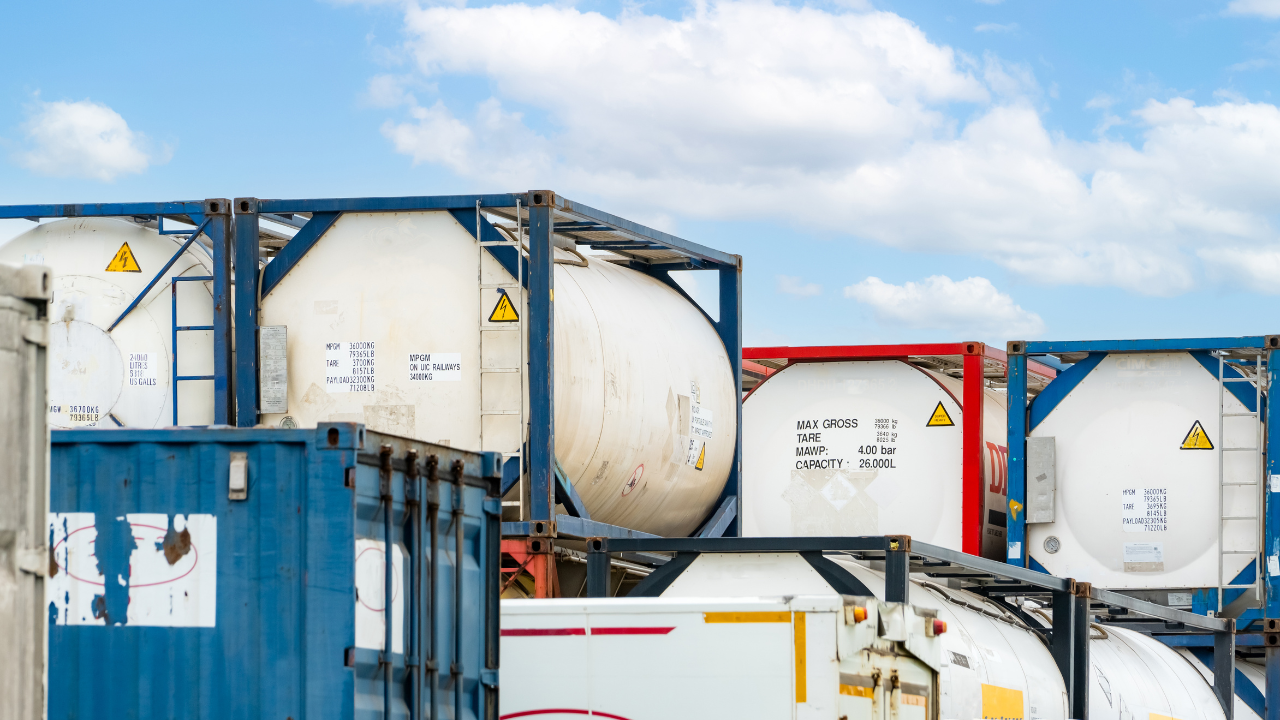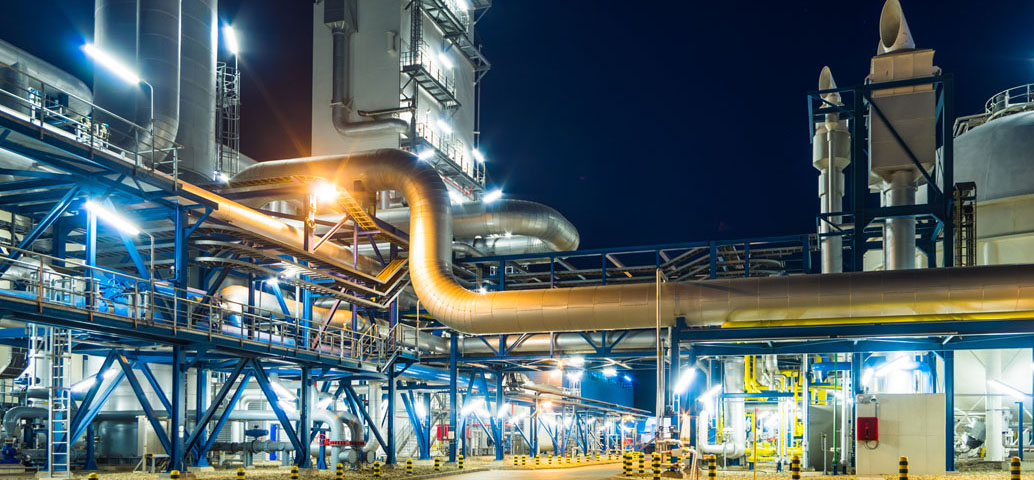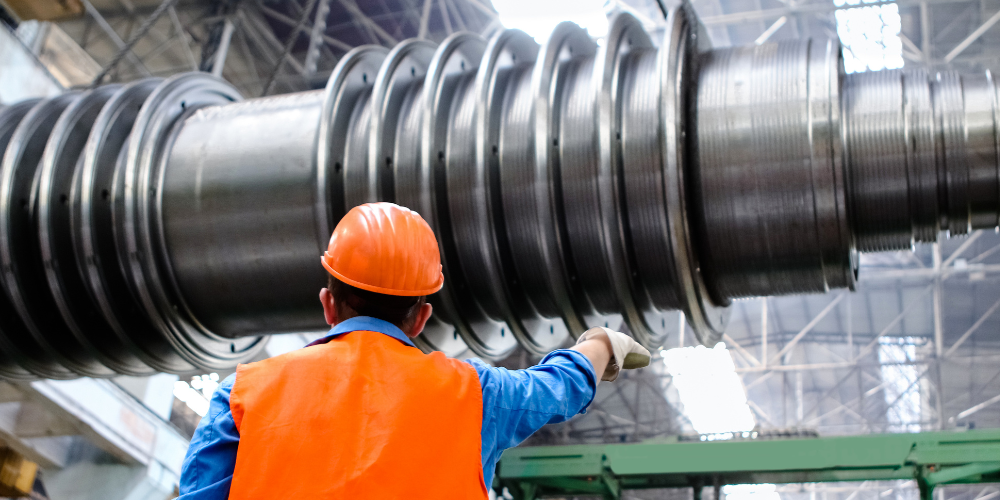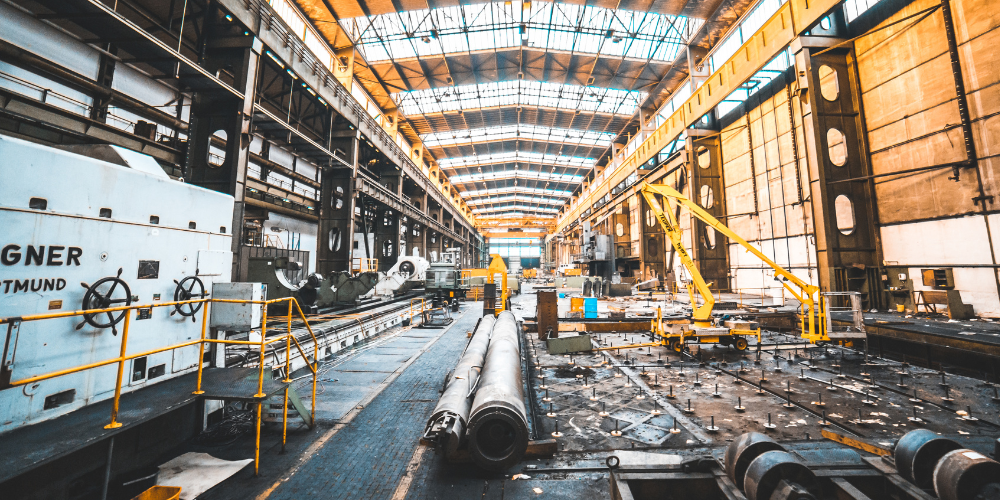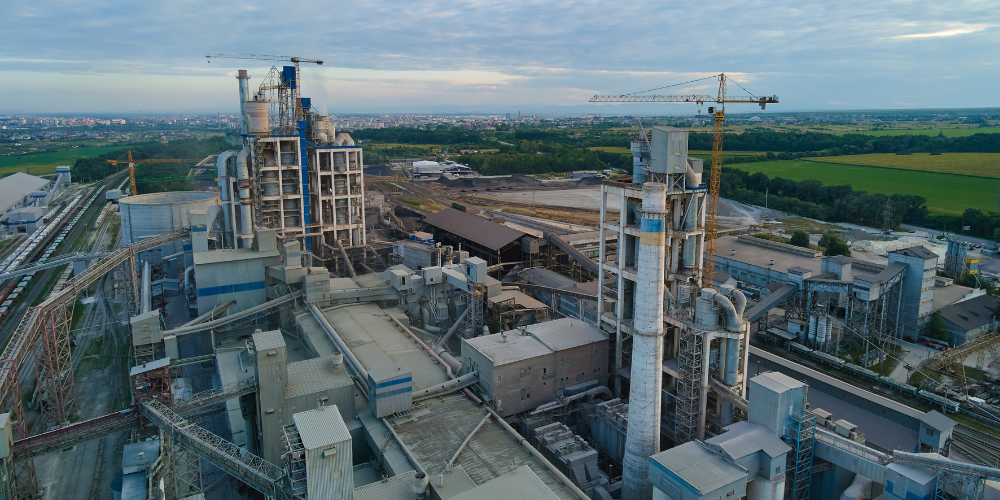Anhydrous ammonia is mainly used in refrigeration systems in a number of industries, including:
And many more.
As such the requirement is huge.
To cater to the needs, we at Luthra Projects make the process simple with our exclusive expertise for providing a solution with ammonia tank and system installation for industrial applications.
To brief you, for the installation procedure for the industrial applications, we would:
- We would start off installing self-closing valves or quick-turning ball valves on tanks. As such, these valves function as an emergency stop valve to prevent an ammonia release if the operator draining oil from the valve is overcome or must abandon the workstation.
- The next step is providing barriers or establish safety procedures to protect refrigeration equipment (e.g., pipes, valves, evaporator coils, tanks, vessels) likely to be damaged from forklifts, hand trucks, or other maintenance.
- Installing ammonia detectors to help monitor anhydrous ammonia systems for leaks
- We conduct the installation process with manually checking the valve in the ammonia charging line in a location close to the main control valve. In such a case, our prime focus is to isolate problems connected with the main control valve and prevent the release or removal of ammonia through the charging line.
- Install dual pressure relief valves (PRVs) to improve the maintenance of relief valves and we make sure each valve is the right size to protect the refrigeration equipment.
- In case of larger systems, where various pressure relief valves are required, we consider using PRVs, and installation of a ruptured disc upstream of each PRV with a gauge port or transducer in between the disc and the PRV and installation of an ammonia sensor in the PRV common manifold.
- Install emergency ventilation switches. For a better experience, we use remote switches located near, yet at a safe distance from, the compressor room.
- Use a color-coding and/or a labeling system to ensure your facility’s engineering drawings or piping and instrumentation diagrams are up to date. This reduces the chances of errors in operating procedures.
BASIC RULES
REQUIREMENTS FOR CONSTRUCTION AND ORIGINAL TEST OF CONTAINERS includes that the containers will be constructed and tested according to unfired pressure vessel code.
MARKING ON Ammonia tank storage containers:
Each storage tanks shall be marked as specified in the following:
- Code qualification
- The thickness of the shell in inches
- The thickness of head in inches
- Overall length and outside diameter in inches
- Water gallon capacity
- Design working pressure
- Date of manufacture
- Serial number
- Name of manufacturer
For safety consideration, each bulk storage tank will be marked on at least two sides with the words “Anhydrous Ammonia – DANGEROUS OR CAUTION” in white letters not less than 6 inches high on a red background or the reverse.
In addition the warning signs “No smoking or Open Flame – Allowed”.
Consequently, all storage containers are equipped with an approved liquid level gauging device so that the maximum volume of a container filled by liquid shall not exceed 85% of its water capacity.
Moreover, all valves and accessory equipment are constructed of steel or other material approved for use with anhydrous ammonia. But, it is forbidden to use copper or any of its alloys for ammonia equipment.
Further, openings that require excess flow valve or back pressure check valves, such valve shall be located inside the container or at a point outside where the line enters the container.
If installed as in the latter case, installation shall be made in such a manner that any undue strain beyond the excess flow valve or back pressure check valve will not cause breakage between the container and such valve.
The piping solution, Tubing, And Fittings
All fittings were subjected to tank pressure will require extra heavy construction and only steel (no copper steel), no cast iron, bushings and plugs shall be allowed in the lines or connections.
For design purpose, galvanized pipe is forbidden to be used as ammonia line pipe and screwed and bolted flange joints are permissible with double strength pipe with glycerin for durability.
In the foreground, all pipelines shall be installed as nearly in a straight line as possible with a minimum amount of pipe, and not restricted by an excessive amount of elbows and bends.
While the nipples are used, they shall be of extra heavy seamless type. Flexible connections shall not be used on permanently fixed installations; rigid connections are required.
Eventually, provisions will be made for expansion, contraction, jarring, vibration, and settling.
Also, a few provisions will be made to adequately protect all exposed piping from a mechanical injury that might result from moving machinery, presence of automobiles or trucks, or where any undue strain may be placed upon the piping.
In the final phase, all piping and tubing shall be tested at considerable pressure after assembly and proved free from leaks. Such test shall be made and certified to by the installer before the system is put into service.
To round up, we understand, Anhydrous ammonia has the potential to be one of the most dangerous chemicals used in agriculture today.
Therefore, we have our man force trained, who could work efficiently to follow exact procedures.
